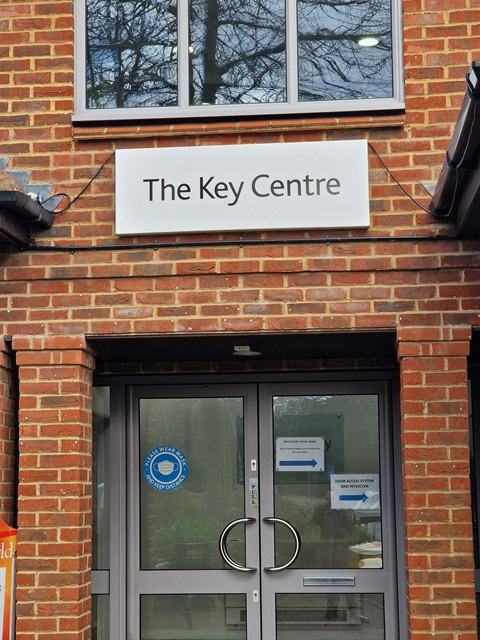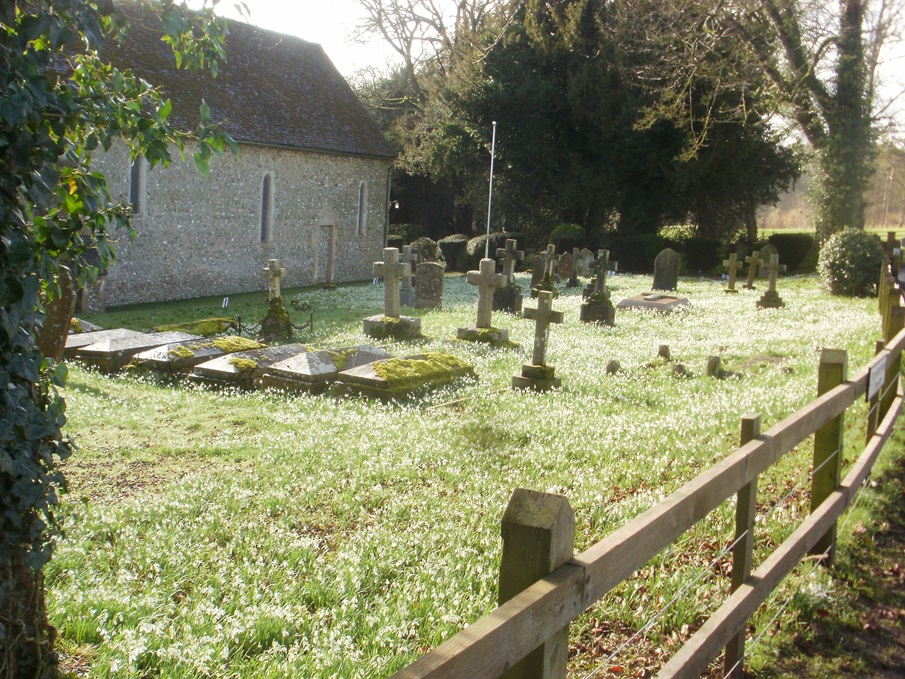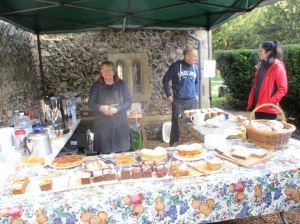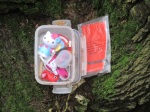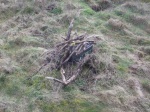Hello, Mrs Hg137 here.
We’d decided on a morning’s geocaching in Basingstoke, a place we’ve rarely visited; and so we found ourselves in War Memorial Park. Even on a chilly weekday morning, the park was busy with joggers, lots of dog walkers and folk out braving the cold air and fresh breeze. The park contains football pitches, a skate park, a play area, an aviary and lots of open space. At 9am on Saturday there is a parkrun and can get very busy (anywhere that hosts a parkrun gets very busy at 9am on Saturdays!). We planned to find a mixture of physical caches, some in the park, some nearby, and an AdLab cache, too, which would mostly take us around the park. (FYI: AdLabs require you to visit several locations and answer a question at each.)
Our initial action was to collect the first stage of a multicache – this gave us coordinates for the second, and final stage, which we’d complete later as our last cache of the morning; some cachers think this stage is actually the final, and sign the coordinate sheet – we didn’t check how many then move on to the other location!



Now, on to the Adlab. We reached one of 6 stone plaques set into the path: this one contains a quote from Ode to Evening by William Collins. A bit further on, we came to an aviary containing cockatiels and budgies, all chirping away merrily. They all seemed warm and happy, but the cold was seeping in and our fingers and toes were a bit numb.
We emerged into the streets by the park and made our way to our next geocache, a Church Micro cache at Basingstoke All Saints, an imposing building about a hundred years old; the original tin church was moved around the corner and is now the church hall. Having worked out the coordinates to the cache, we scooted off to find it, then huddled in the church porch, out of the howling north wind, for a warming cup of coffee.


Marginally warmer, we moved on to the Top of the Town, the old town centre, before Basingstoke expanded in the 1960s. The pedestrianised street widened into the Market Place, close to the museum and complete with an almost life-size statue of Jane Austen; or maybe she was very small? Further on, we left the car-free area and reached the northern entrance to the park. Here stands the War Memorial that gives its name to the park.
Once there, we looked for – and failed to find – a couple of caches in the shrubbery; we felt we’d failed at the time, but neither has been found since, and one has been archived; so it wasn’t just us, they simply weren’t there! And finally, we completed that cache we had started right back at the beginning of the morning. The GPS led us on a merry spiral, and we gradually moved inwards – we were pleased when the centre of our spiral was where the cache was located, nice and dry. And that completed our caching; we’d intended to stay longer, and find more caches, but we’d got really, really cold, and drove home to warm up.
And what did we think of Basingstoke – the bit of it we’d walked through? The park was great, and clearly appreciated by the many people using it, even on a cold, grey day. And, having always thought of Basingstoke as a ‘new’ town, the Top of the Town, and the area around, showed us a side of the town we’d not realised was there. An interesting morning – but COLD!


















